Venture into the awe-inspiring Ngorongoro Conservation Area, a UNESCO World Heritage Site and one of Africa’s most unique safari destinations. Home to the majestic Ngorongoro Crater and a rich blend of landscapes, wildlife, and culture, this protected area offers a safari experience unlike any other—where ancient volcanic terrain meets vibrant ecosystems and traditional Maasai life.
Ngorongoro is a sanctuary for remarkable biodiversity. The Crater alone hosts over 25,000 large animals, including all members of the Big Five—lion, leopard, elephant, rhino, and buffalo. Other frequent sightings include wildebeests, zebras, hyenas, hippos, and jackals. The surrounding conservation area features woodlands, grasslands, and mountain forests, which support a wide variety of birds such as flamingos, eagles, and vultures. This dynamic environment makes Ngorongoro one of the most rewarding places for nature lovers, photographers, and wildlife enthusiasts.
From descending into the world’s largest intact volcanic caldera to engaging with Maasai communities, Ngorongoro offers diverse and enriching experiences. Whether you’re exploring its wildlife-rich crater floor or trekking through highland forests, every moment in this extraordinary conservation area reveals something unforgettable.
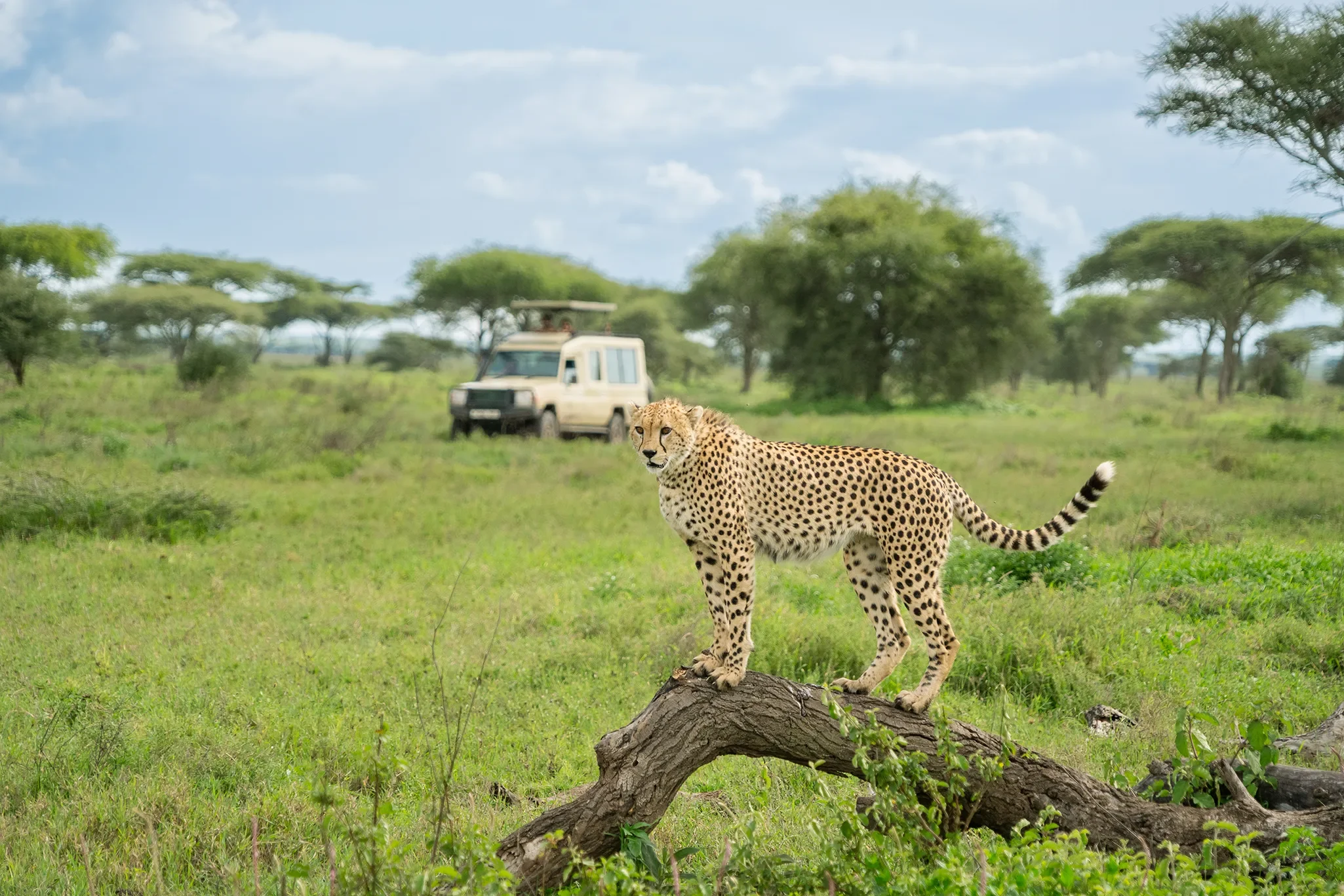
Descend into the Ngorongoro Crater for unforgettable close-up encounters with diverse wildlife in a spectacular setting.
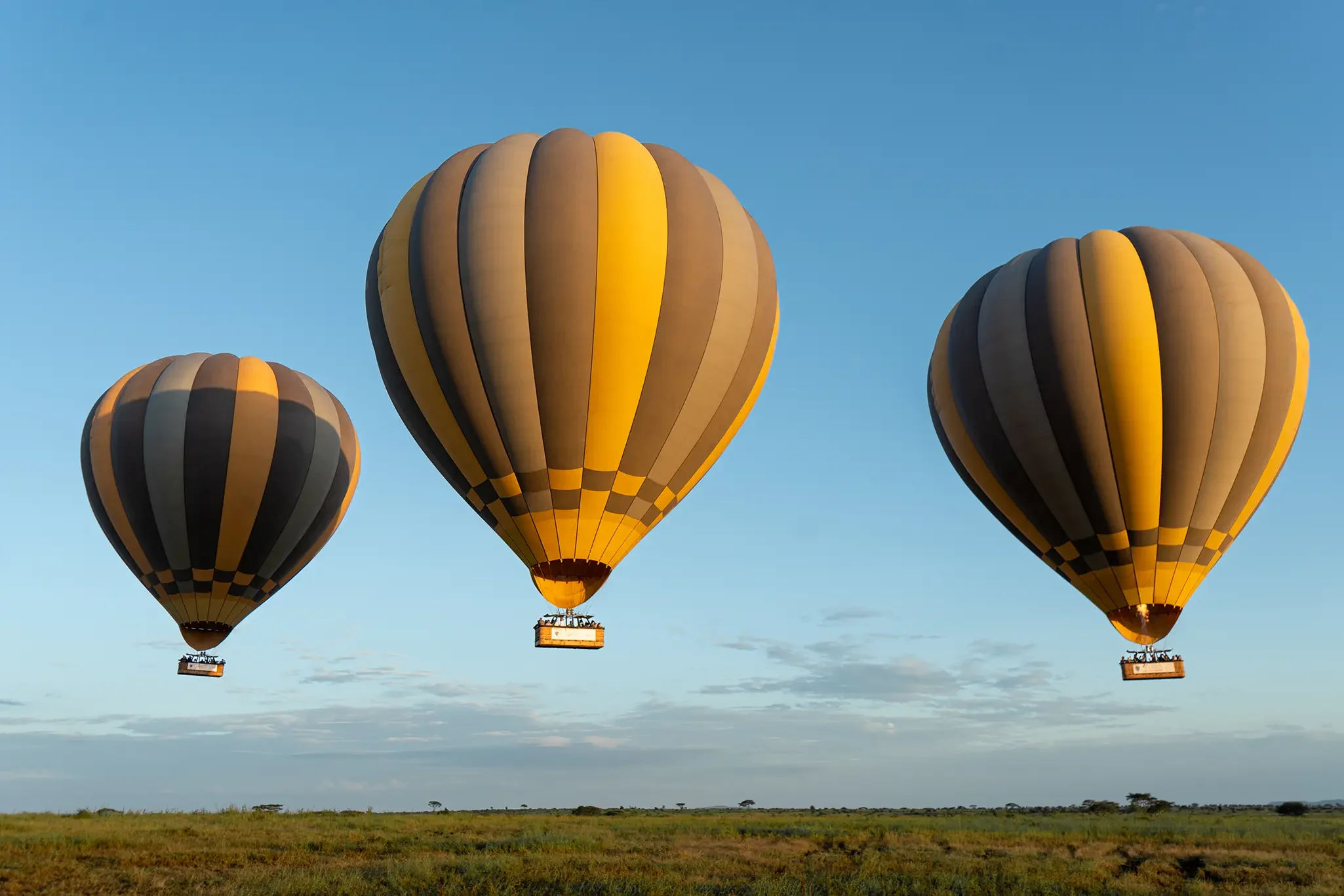
Explore the surrounding highlands and forested slopes on foot with expert guides, discovering flora, tracks, and local lore.
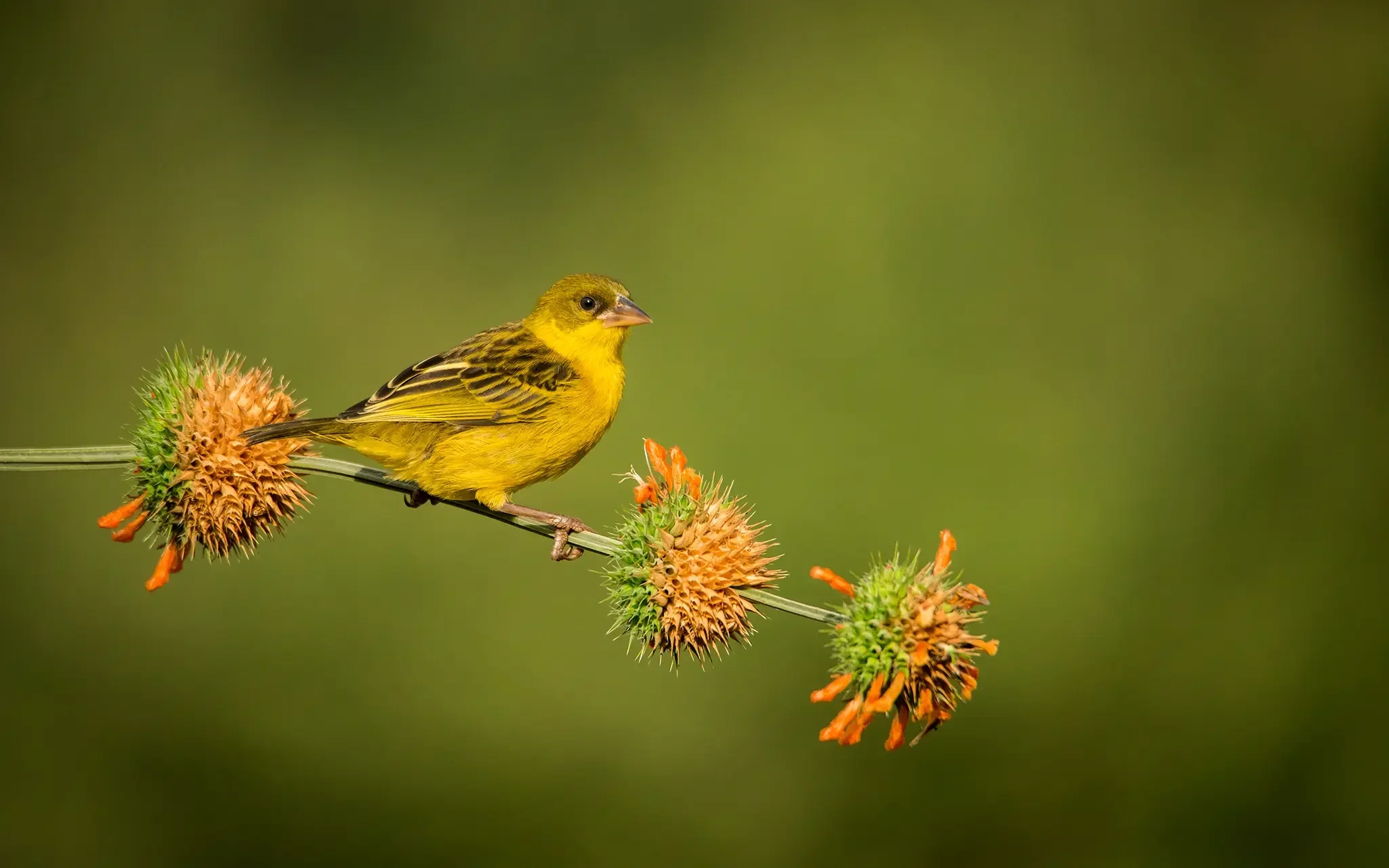
With flamingos on the crater lakes and raptors soaring above, birders will find Ngorongoro a haven for avian species.
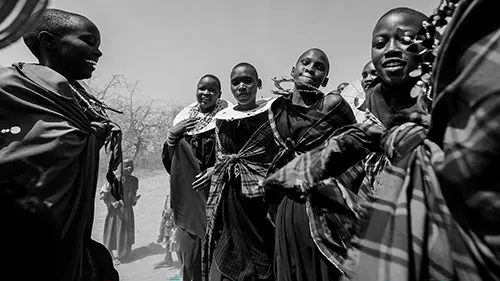
Interact with the Maasai communities who live within the conservation area and learn about their heritage and pastoral lifestyle.
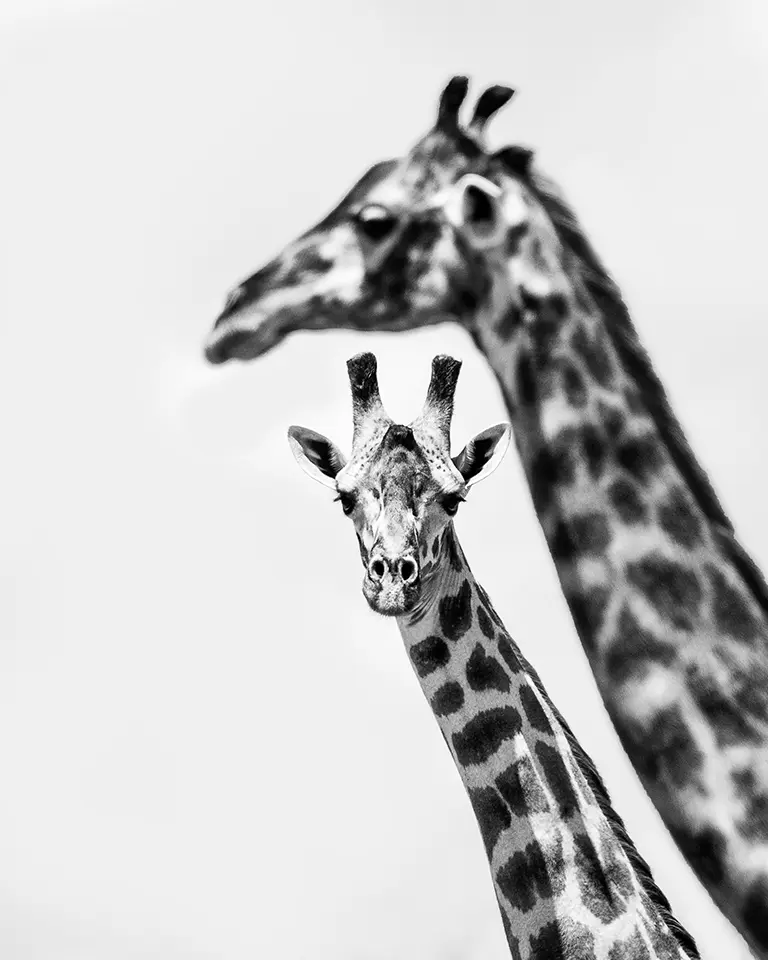
From dramatic crater landscapes to wildlife moments, Ngorongoro offers breathtaking scenes for both amateur and pro photographers.
Stay in style at world-class lodges such as Ngorongoro Crater Lodge or The Highlands by Asilia, offering exceptional service, crater views, and luxury comforts.
Enjoy an intimate safari ambiance at camps like Ngorongoro Tortilis Camp or Lemala Ngorongoro, where canvas walls meet warm hospitality and nature immersion.
For an adventurous stay, public and special campsites such as Simba A Campsite offer budget-friendly options in close proximity to the crater rim.
Have questions or ready to plan your safari? Reach us anytime at info@majiraexpeditions.com or call +255 794 771 819. We’re here to help craft your East African adventure.
Go on unforgettable journeys through Tanzania’s iconic parks with Majira Expeditions—where thrilling wildlife encounters meet serene natural beauty.
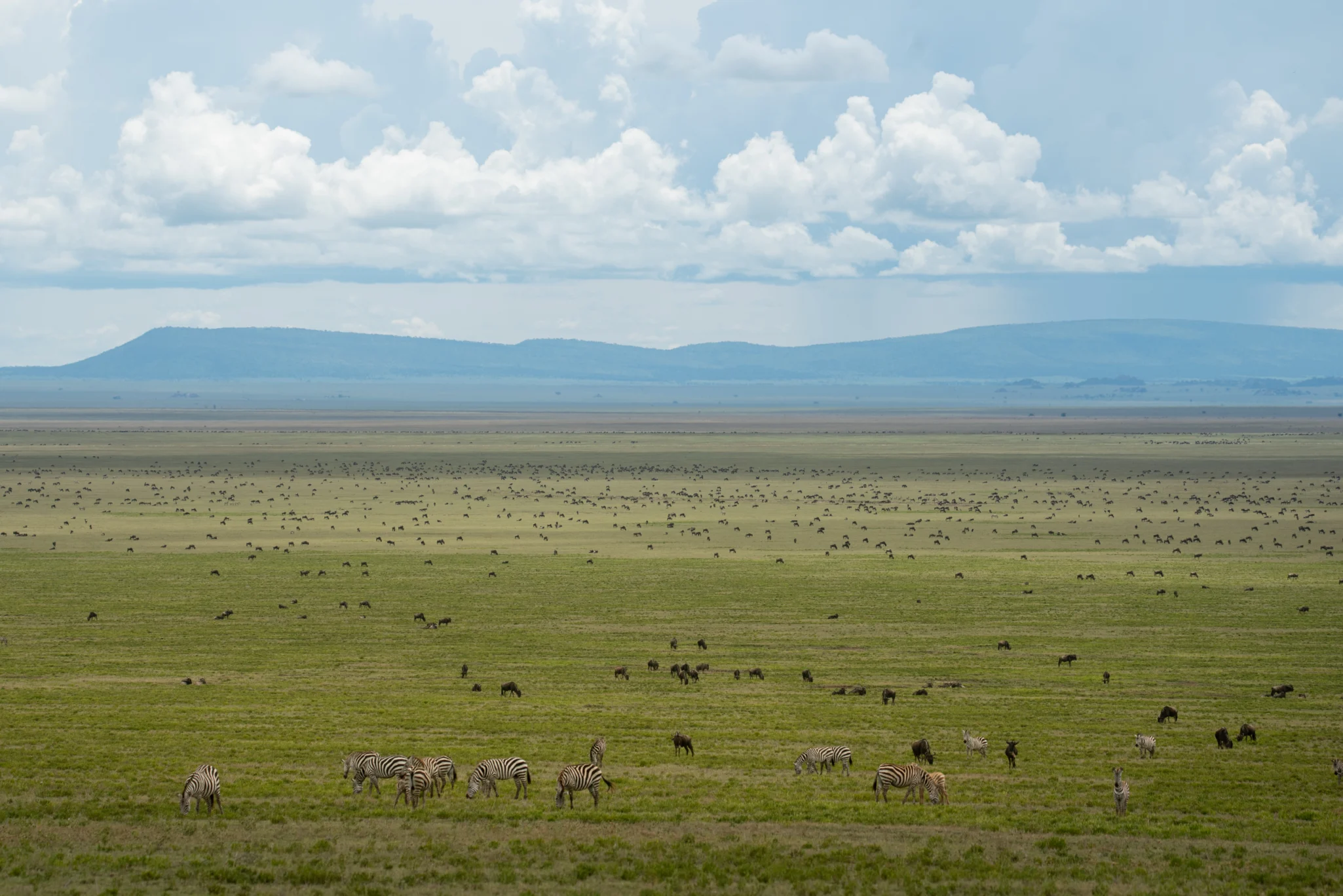
Explore Tanzania’s wild beauty with expert guides. Witness the Great Migration, encounter the Big Five, and experience thrilling game drives across iconic landscapes.
Discover Tanzania’s iconic parks, abundant wildlife, and breathtaking landscapes on this unforgettable 11-day Karibu Safari.
Explore Tarangire, Ngorongoro, and Serengeti on a thrilling safari with epic landscapes and Big Five encounters.
Journey through Tarangire, Serengeti, and Ngorongoro, experiencing epic wildlife, iconic landscapes, expert guides, and lodges.
Experience Lake Manyara, Ngorongoro Crater, and Tarangire, with unforgettable wildlife, scenic landscapes, and true adventure.

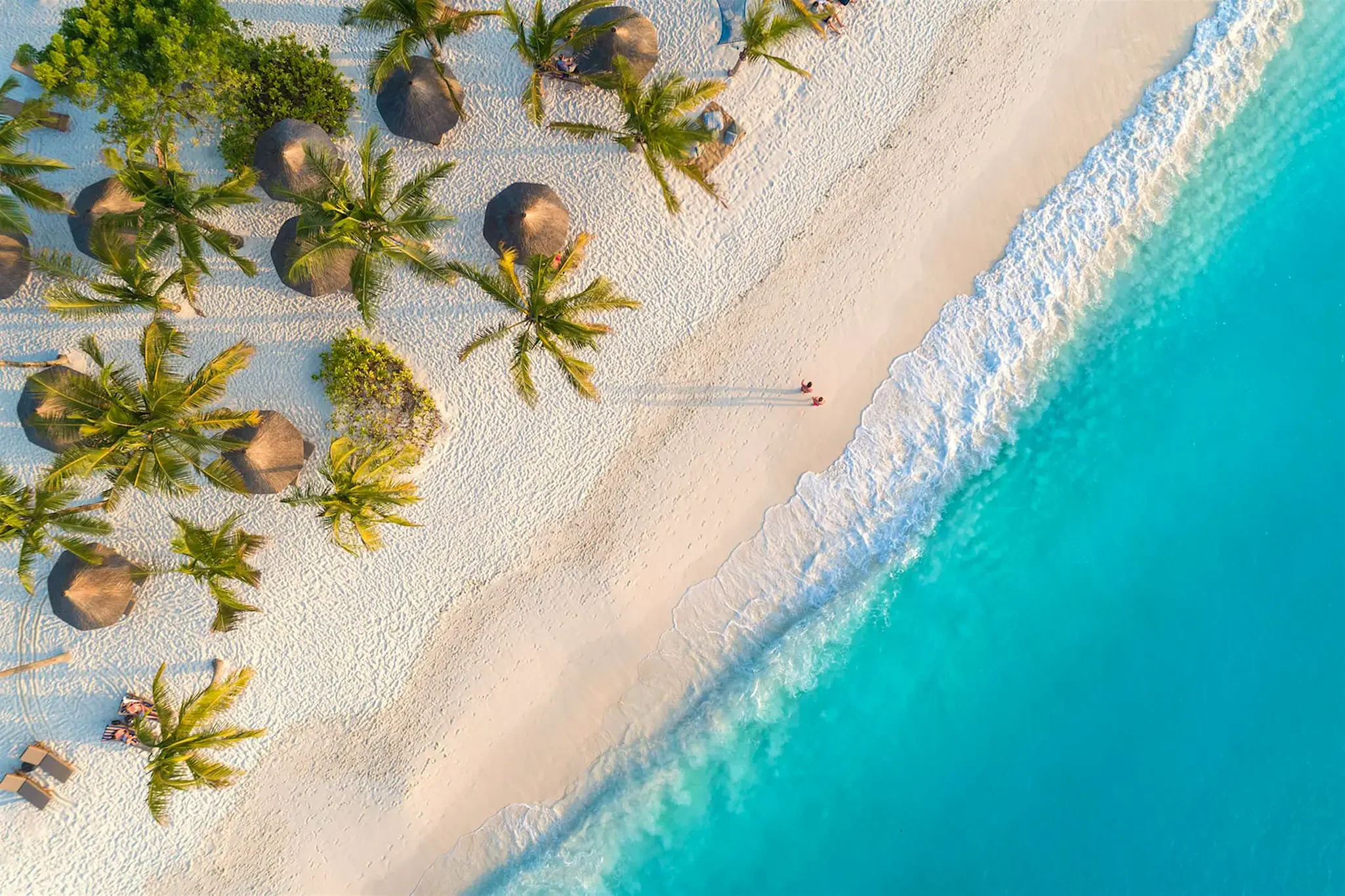
Zanzibar, a world-renowned island off Tanzania’s coast. Located in the warm Indian Ocean, it’s a paradise for beach lovers, history buffs, and spice explorers alike.
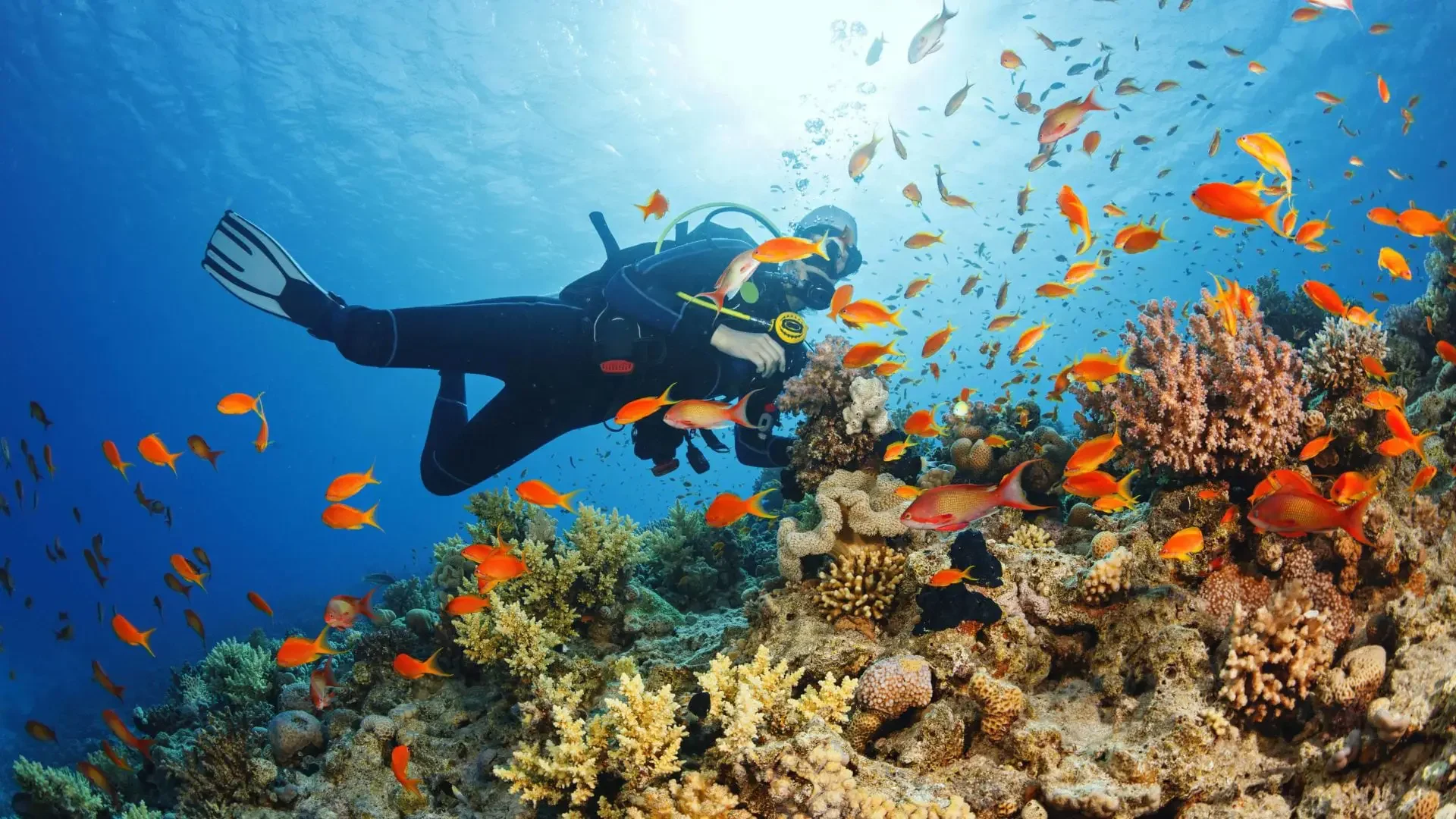
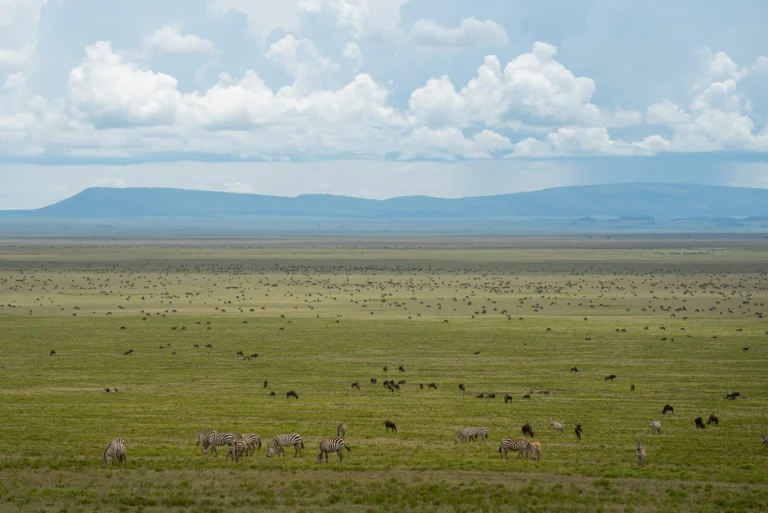
Experience Serengeti NP, renowned for the Great Migration and the Big Five, providing unparalleled wildlife encounters and breathtaking landscapes.

We are a Tanzania-based safari company dedicated to crafting unforgettable, safe, and expertly guided adventures across Serengeti, Ngorongoro, and beyond.